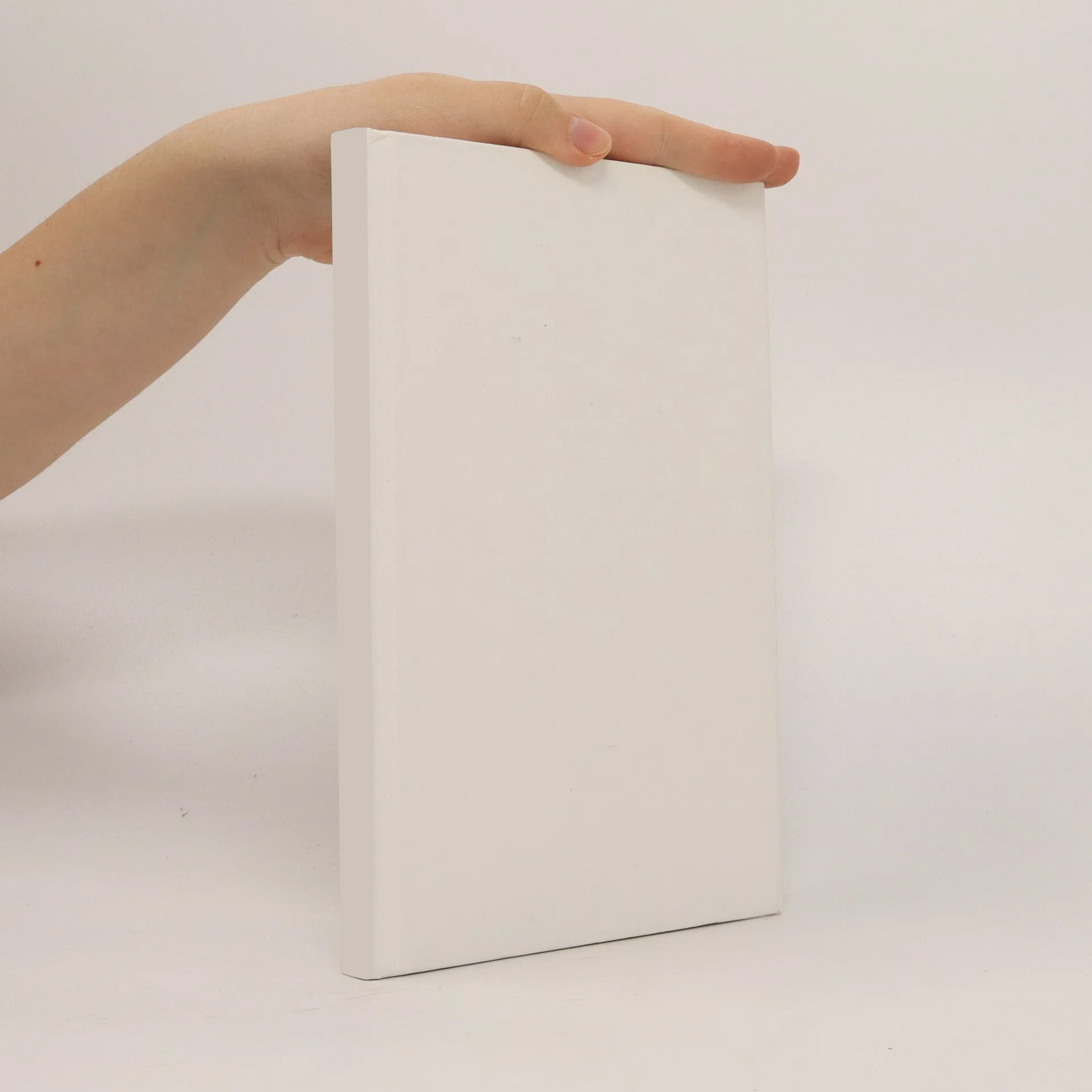The book is currently out of stock

Using Picture Storybooks to Teach Literary Devices
Recommended Books for Children and Young Adults Volume 3
Authors
Book rating
More about the book
Focusing on the teaching of literary devices, this comprehensive resource features nearly 500 picture storybooks that exemplify various techniques, including satire, imagery, and simile. Each volume offers an alphabetically arranged guide from Allegory to Understatement, detailing suitable titles for each device. Volume 1 covers books from 1980 to 1988, while Volume 2 includes works published since 1989 and classic titles. Each entry provides bibliographic details, plot summaries, and examples of the featured literary devices, making it a valuable tool for educators.
Book purchase
Using Picture Storybooks to Teach Literary Devices, Susan Hall
- Language
- Released
- 2000
- product-detail.submit-box.info.binding
- (Paperback)
We’ll email you as soon as we track it down.
Payment methods
We’re missing your review here.